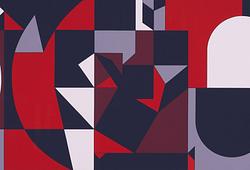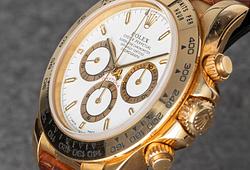Landscape painting as an artistic genre experienced a significant renewal in the late 19th century. While landscapes as subject matter were not new, societal changes and emerging artistic movements in literature, music, and art encouraged a fresh perspective on one's surroundings. Instead of merely serving as a backdrop to a scene, there was a newfound interest in depicting nature itself. Artists began painting outdoors, directly in front of their subjects, viewing the landscape as an exciting challenge with its numerous elements such as light, shadows, weather, and wind.
France stood out as the epicenter of this pioneering spirit, where artists early on broke away from traditional institutions in search of new means of expression, culminating in the Impressionist Exhibition of April 1874. Independent and loosely affiliated groups of artists experimented and created en plein air painting, which had a profound influence on many artists across Europe and Scandinavia, notably the Swedes. This collection includes several French plein air painters who share the commonality of having been associated with the renowned Barbizon School at some point and having studied under the esteemed plein air painter Camille Corot. The works of Francois-Louis Francais, Emile Lambinet, and Louis-Alexandre Bouche, with their "airy" colors and soft forms, are fine examples of the French orientation. Read more
The collection also features a number of German landscape artists associated with the academies of Munich and Düsseldorf. Notable examples of these artists' work include Konrad Müller-Kurzwelly's delicate river landscapes. Müller-Kurzwelly, a pupil of Hans Gude, drew inspiration from Gude's approach to depicting nature, albeit perhaps more on a philosophical level. Other fine examples of German landscape painting include Otto Graf's river landscape from his early period, likely painted in Alsace. A small landscape by Karl Küstner is also typical of these landscape painters; the painting in the auction was probably executed in the vicinity of Guntersblumer Kellerweg, where he had his studio.
An intriguing addition to the collection is the interior painting by the Polish artist Konstanty Mackiewicz, who trained as a painter and set designer in Odessa and at Kandinsky's school in Moscow. He worked as a set designer at the theater in Lodz and was associated with several different artists' groups. The painting in the auction is an earlier work; the artist's later production tends to be more modernist in both subject matter and expression.































